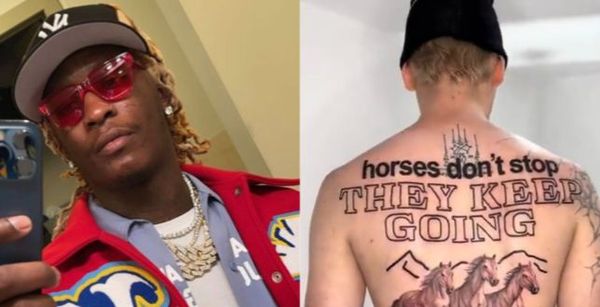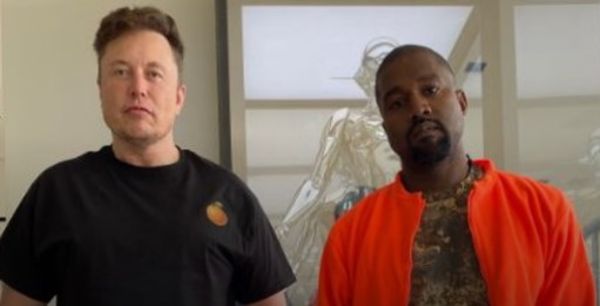Among the six charges that Nipsey Hussle's alleged killer Eric Holder pleaded not guilty to were two charges of attempted murder.
Those charges apply to the two people who were injured in the blazing guns attack which killed Nipsey.
Holder's lawyers tried to get the attempted murder charges thrown out by arguing that the "kill zone theory" did not apply to their client
The kill zone theory is defined as such:
“[T]he kill zone theory for establishing the specific intent to kill required for conviction of attempted murder may properly be applied only when a jury concludes: (1) the circumstances of the defendant’s attack on a primary target, including the type and extent of force the defendant used, are such that the only reasonable inference is that the defendant intended to create a zone of fatal harm—that is, an area in which the defendant intended to kill everyone present to ensure the primary target’s death—around the primary target; and (2) the alleged attempted murder victim who was not the primary target was located within that zone of harm. Taken together, such evidence will support a finding that the defendant harbored the requisite specific intent to kill both the primary target and everyone within the zone of fatal harm.
Today, Judge Robert J. Perry rejected the motion.
Judge Robert J. Perry sided with the prosecution on this one. “I’m unwilling to do that,” Perry said. The prosecution believes that Holder is in fact guilty of attempted murder because of that same “kill zone theory,” meaning he targeted one victim, but due to his mode of attack (two firearms in this case), he had intent to kill everyone in a particular zone, especially given that his initial target was not moving.
Holder's trial is expected to get underway in February.
 Offset Has An interesting Reaction To Lil Baby and Quavo's New Track / News
News
Offset Has An interesting Reaction To Lil Baby and Quavo's New Track / News
News
 Young Thug Promises to Enunciate Better After Tattoo Mishap / News
News
Young Thug Promises to Enunciate Better After Tattoo Mishap / News
News
 Island Boy Claims He Got Millions To Get Gay With His Brother / News
News
Island Boy Claims He Got Millions To Get Gay With His Brother / News
News
 21 Savage's New Look Renders Him unrecognizable / News
News
21 Savage's New Look Renders Him unrecognizable / News
News
 Drake Says Justin Bieber Dissed Him After Collaboration Request / News
News
Drake Says Justin Bieber Dissed Him After Collaboration Request / News
News
 Did Elon Pull The Plug On Kanye West? / News
Did Elon Pull The Plug On Kanye West? / News